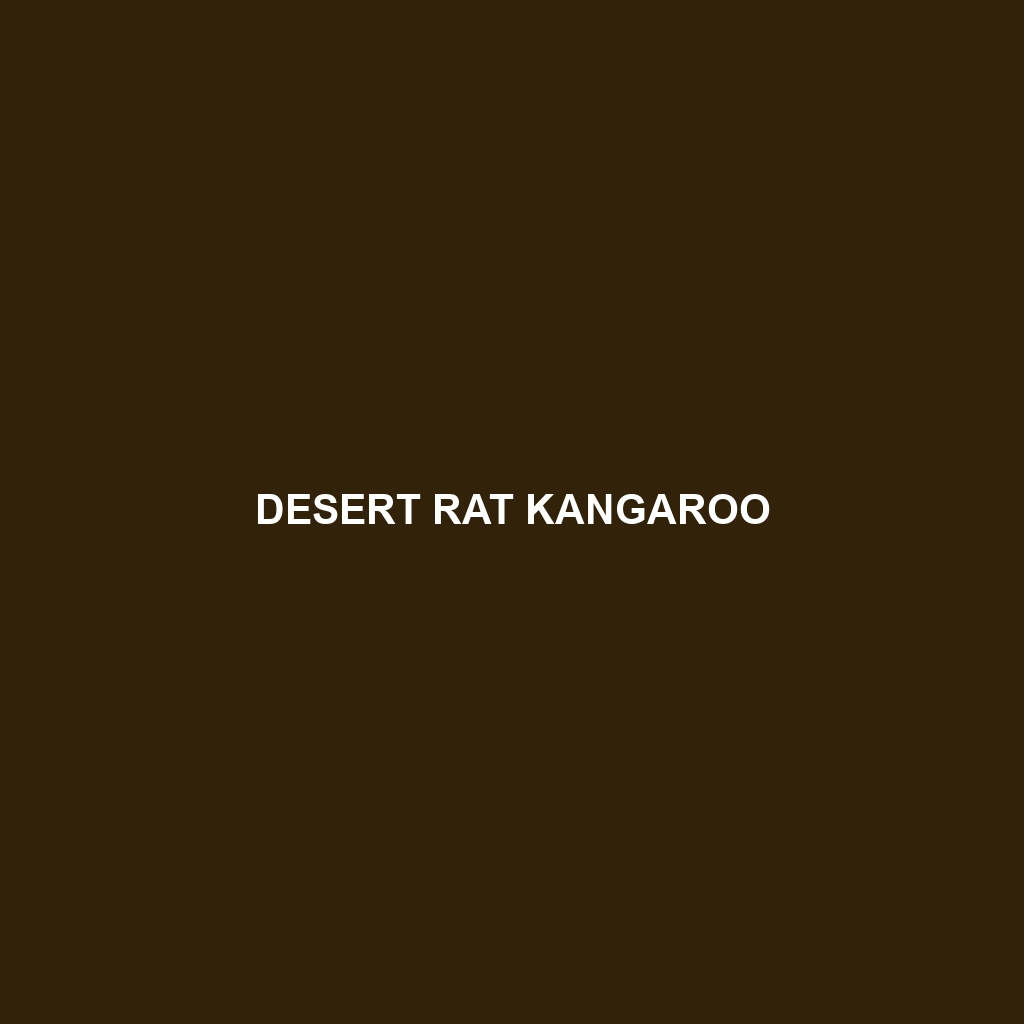Gilbert’s Potoroo (Potorous gilbertii) is a critically endangered marsupial endemic to Australia. Named after the British naturalist John Gilbert, this small, nocturnal mammal was once thought to be extinct until it was rediscovered in 1994. Gilbert’s Potoroo is one of the rarest mammals in the world and is primarily known for its unique ecological role and specialized diet.
Physical Characteristics:
Size: Gilbert’s Potoroo is a small marsupial, with adults typically weighing between 900 grams to 1.2 kilograms (2 to 2.6 pounds) and measuring about 27 to 36 cm (10.6 to 14.2 inches) in body length, excluding the tail. The tail adds an additional 21 to 31 cm (8.3 to 12.2 inches).
Coloration: Their fur is soft and dense, predominantly brown or grayish-brown on the back, with a paler, cream-colored underbelly. The coloration provides excellent camouflage in their natural habitat.
Special Features: Gilbert’s Potoroo has a pointed snout and small, rounded ears. Their hind legs are strong, aiding in their characteristic hopping movement, while the forelimbs are adapted for digging.
Behaviors:
Social Interactions: Gilbert’s Potoroos are generally solitary animals, though they may sometimes be seen in small family groups. They are nocturnal, primarily active during the night, and spend the daytime hours resting in well-concealed nests made of grass and leaves.
Feeding Habits: These marsupials have a highly specialized diet, feeding almost exclusively on underground fungi (truffles). They play a crucial ecological role in spore dispersal, which is vital for forest health and regeneration. Occasionally, they may also consume seeds, berries, and insects.
Ecological Roles: By dispersing fungal spores through their feces, Gilbert’s Potoroos contribute significantly to the health of their ecosystem by promoting the growth of mycorrhizal fungi, which form symbiotic relationships with plant roots.
Habitats:
Natural Habitat: Gilbert’s Potoroos are found in dense, long-unburnt shrublands and heathlands with a thick understorey. These habitats provide the necessary cover and food resources they need for survival.
Current Range: They are currently known to inhabit only a few locations in Western Australia, including the Two Peoples Bay Nature Reserve.
Adaptations:
Dietary Specialization: Their pointed snouts and strong forelimbs are adapted for foraging underground for truffles, which are their primary food source.
Camouflage: Their coloration helps them blend into the dense undergrowth to avoid predators.
Conservation Status:
Status: Gilbert’s Potoroo is listed as Critically Endangered by the International Union for Conservation of Nature (IUCN).
Threats: Major threats include habitat loss due to wildfires, predation by introduced species like foxes and feral cats, and the small population size, which makes them vulnerable to genetic bottlenecks and disease.
Conservation Efforts: Conservation efforts include habitat management, predator control, and breeding programs aimed at increasing their population size and genetic diversity. Efforts are also being made to establish new populations in suitable habitats.
Fun Facts:
1. Rediscovery: Gilbert’s Potoroo was presumed extinct for over a century before its rediscovery in 1994, which was a significant event in conservation biology.
2. Fungal Diet: Their diet is so specialized that they are considered mycophagists, relying predominantly on various species of truffles, which they locate through their keen sense of smell.
3. Longevity: In the wild, they can live up to 5 to 10 years, although their lifespan can be influenced by environmental conditions and predation pressures.
By understanding and protecting Gilbert’s Potoroo, we can contribute to the preservation of Australia’s unique biodiversity and the intricate ecological webs that sustain various life forms.
